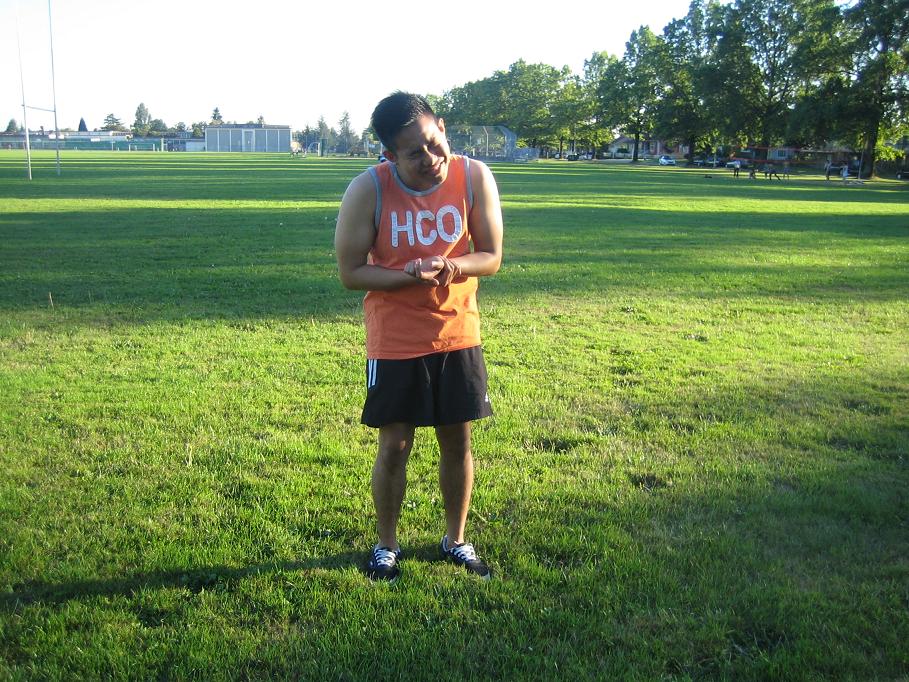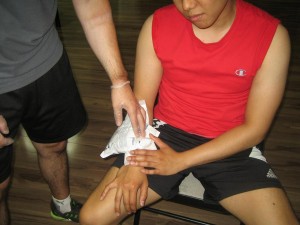Overview
Poisonous snake or lizard bites
For those who are bit by a snake or lizard that is venomous, they are going to require emergency care. You will want to call for emergency care services immediately, and you should not allow symptoms to start presenting themselves before calling, as this could be dangerous and life threatening. If you are bit and are not sure if this is poisonous, call a poison center to determine the type of snake or lizard. Whatever you do, it is important that you stay calm.
The poisonous lizards and snakes that are found in North America include:
- Pit vipers, these are copperheads, rattlesnakes, water moccasin (cottonmouth) and the like
- Coral snakes
- Gila monster
- Mexican beaded lizard
Snake bites that are poisonous
When a person is bitten by a poisonous snake, it can take a few hours or just a few minutes for the person to start having symptoms of this bite. They may have severe burning at the bite site, along with the swelling escalating from this site. The severity of this bite is going to be affected by several aspects, including:
- The size of the snake or lizard
- The amount of venom that was injected
- The potency of said venom
- The location and depth of the bite
- Number of bites the person receives
- The age, health and size of the person that has been bitten.
With a snake, they can still inject venom after one bite. So it is important that you realize they are still dangerous after the first bite. In addition, a younger snake can be even dangerous as they cannot stabilize the amount of venom that is injected. Even a dead snake can still bite up to 90 minutes and inject venom after it is dead. For those who develop no symptoms, they are still going to want themselves for up to two weeks or longer.
A non-poisonous bite
The majority of snakes and lizards in North America are not poisonous. They can still bite, and this can be dramatic on its own, but it may not cause health issues. A bite can leave teeth marks, a puncture or a scrape. Home treatment can often help with these issues. If the snake is rather large, though it may not be poisonous, this may require treatment from a doctor.
Related video
https://www.youtube.com/watch?v=GNspMzeJVYY
FACT CHECK
https://www.webmd.com/a-to-z-guides/snakebite#1
https://www.mayoclinic.org/first-aid/first-aid-snake-bites/basics/art-20056681


